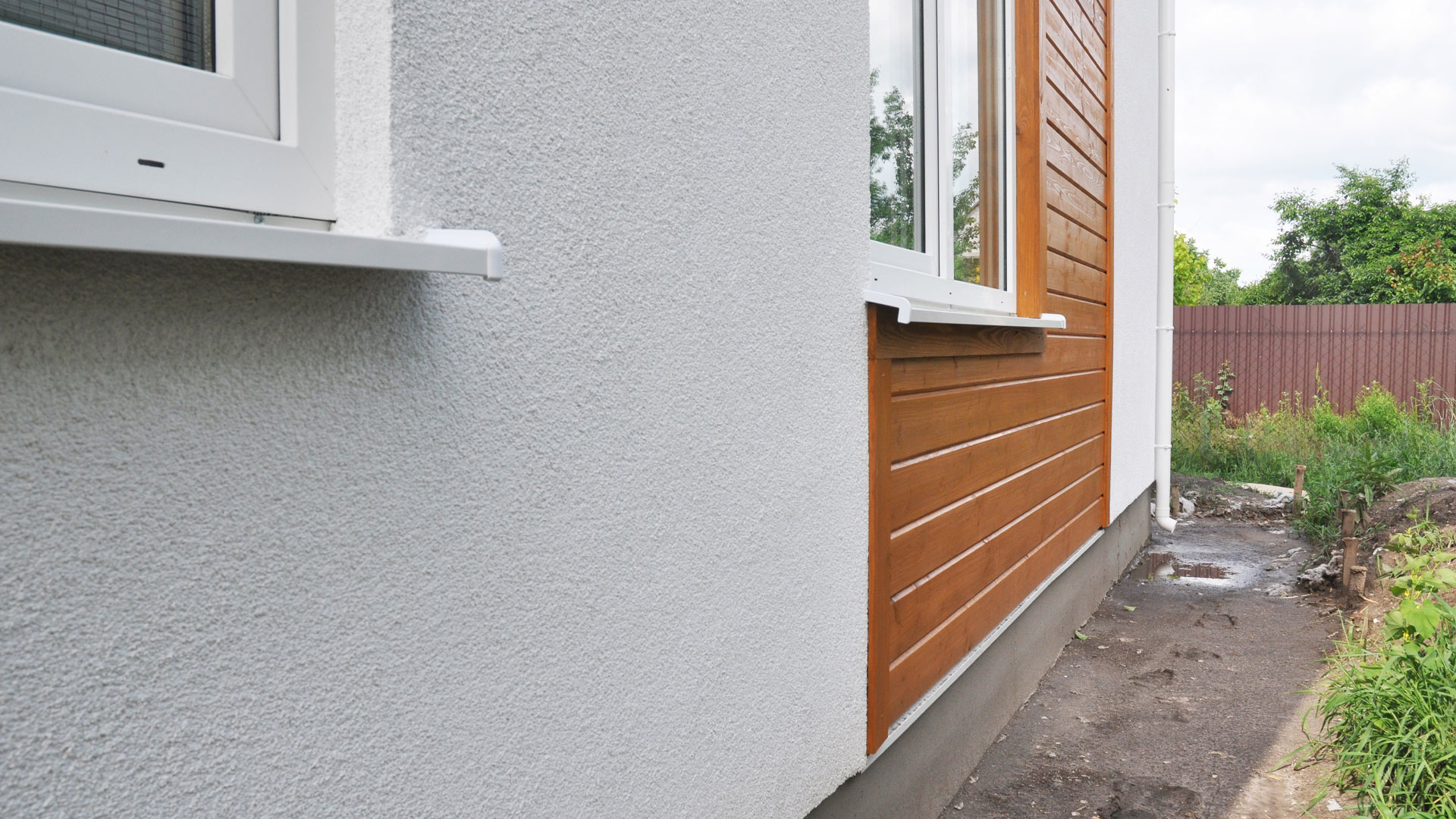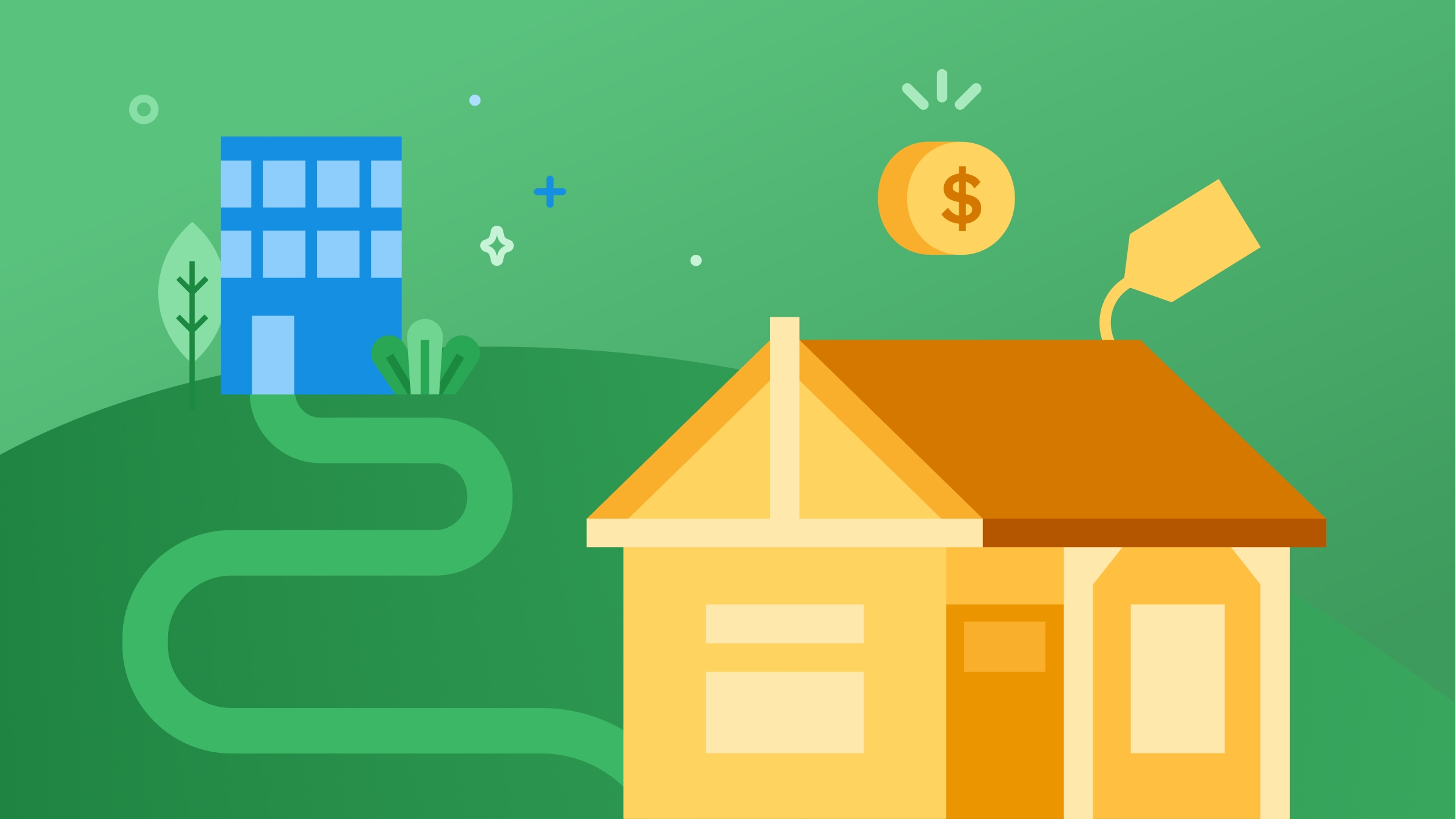Buying guide
Should I buy a home with roughcast cladding? Reasons to think twice
Don’t buy blind.
.png)
As you progress though your home buying journey in NZ, you’re going to find yourself becoming an expert in many things you may have never encountered before. From mortgage structuring to KiwiSaver withdrawal eligibility, there’s a lot to get your head around.
One of the most important things you’re going to learn (unless you’re already a builder or tradie) are about the pros and cons of the physical properties of housing materials themselves. You’ll be thinking of this through the lenses of cost (particularly if you’re buying a doer-upper), durability and practicality.
With this in mind, we’re going to focus on one of the most central choices you’ll be making, but one that you might not have considered all that much to date – cladding. In particular, we’re going to be focusing on one specific type of cladding, roughcast, which has been popular in the past, but has fallen out of fashion. We’ll look at why this is, and why getting your cladding material right is so important when buying a home.
What is cladding and what does it do?
Okay, let’s start with the basics. You can think of cladding as like a skin for the exterior walls of your home. It doesn’t have any load-bearing function (i.e. it’s not supporting the weight of the roof along with the rest of the wall), but it does have a number of very important roles.
The purpose of cladding is to:
- Protect your home from water and the effects of weathering.
- Fire resistance.
- Thermal insulation
- Sound insulation.
- Boosting the aesthetic appeal of your home.
Hopefully from this list you can begin to understand why cladding is important – it helps to slow the rate of natural damage to your home from elements like wind and rain, and can also protect it from extreme danger from fire, for instance.
You'll find homes for sale in NZ built with a wide range of cladding.
Common types of cladding
The most common types of cladding you’ll see on homes in NZ include:
- Timber: this cladding type provides a warm and familiar aesthetic, and can be robust and durable, as long as properly maintained. However, it can be vulnerable to rot if not cared for, and is flammable without treatment.
- Natural stone: this is a premium choice, and is very long-lasting despite requiring minimal maintenance. However, it’s expensive and can take a long time to install.
- Fibre cement: this is usually among the most cost effective options, and can also be long-lasting and low maintenance. However, it’s normally not as aesthetically pleasing, and requires professional installation.
- Metal cladding: this looks great if you’re trying to create a modern feel for your home, and metal cladding is typically lightweight and durable. However, it can be prone to scratches and dents, and can be very noisy when it rains!
- Brick cladding: this has similar pros and cons to natural stone – it’s long lasting and looks great, but is time consuming to install.
- Concrete cladding: excellent for sound insulation and fire resistance, and very long lasting when installed properly. However, concrete cladding can be more expensive than other options and has a high carbon footprint.
- uPVC cladding: sometimes referred to as vinyl cladding, uPVC cladding is cost effective and easy to install, however its aesthetic isn’t for everyone, and repairs can be tricky without replacing entire panels.
- Roughcast cladding: also great as a fire retardant, and can be durable when installed properly. However, water ingress can be a big problem, and makes for a high ongoing maintenance requirement.
What is roughcast cladding, and should I avoid it?
You might also hear roughcast cladding being referred to as stucco cladding, and it technically can include rendered brick cladding as well. It’s a type of cement render that has been popular in Aotearoa and overseas in the past.
You should be able to identify roughcast buildings quite easily, as the cladding is very distinctive. It typically has a textured appearance, resembling small pebbles or coarse grains, due to it being made by mixing aggregates like gravel or small stones with a binder like cement or lime, then applying it to the exterior of a building.
Despite having a heyday through the 1990s and 2000s, it now has a reputation for being a cause of leaky homes. One of the major problems of roughcast cladding is that water can get in behind it, which significantly compromises its ability to protect the walls from weathering, and can actually become a maintenance problem in its own right.
In addition to these upkeep headaches, the fact that these homes are potentially leaky can also impact their value when owners want to sell.
How to know what type(s) of cladding has been used on a home?
We’re hoping all of this has made you think more about examining closely the type of cladding that has been used on any properties you’re looking to buy. So, the next logical question is – how do I know what cladding has been used?
Well, as a first step, you can always ask the vendor or their real estate agent directly about what cladding has been used in the property’s construction. They may already have done a builder’s inspection that they can show you. However, we strongly recommend that all home buyers in NZ get their own building inspection done. Not only will this allow you to answer questions about what the cladding is , but it might throw up a host of other potential maintenance issues that you really need to know about before putting in an offer.
Author
Other articles you might like








